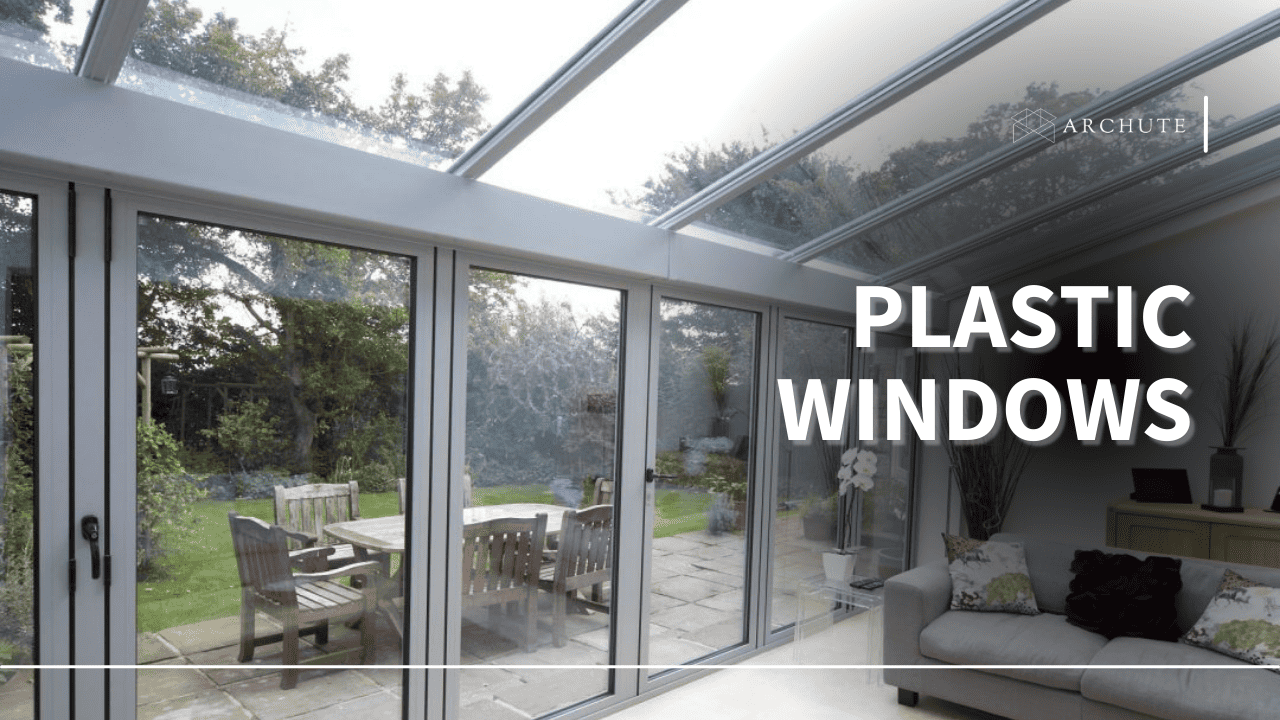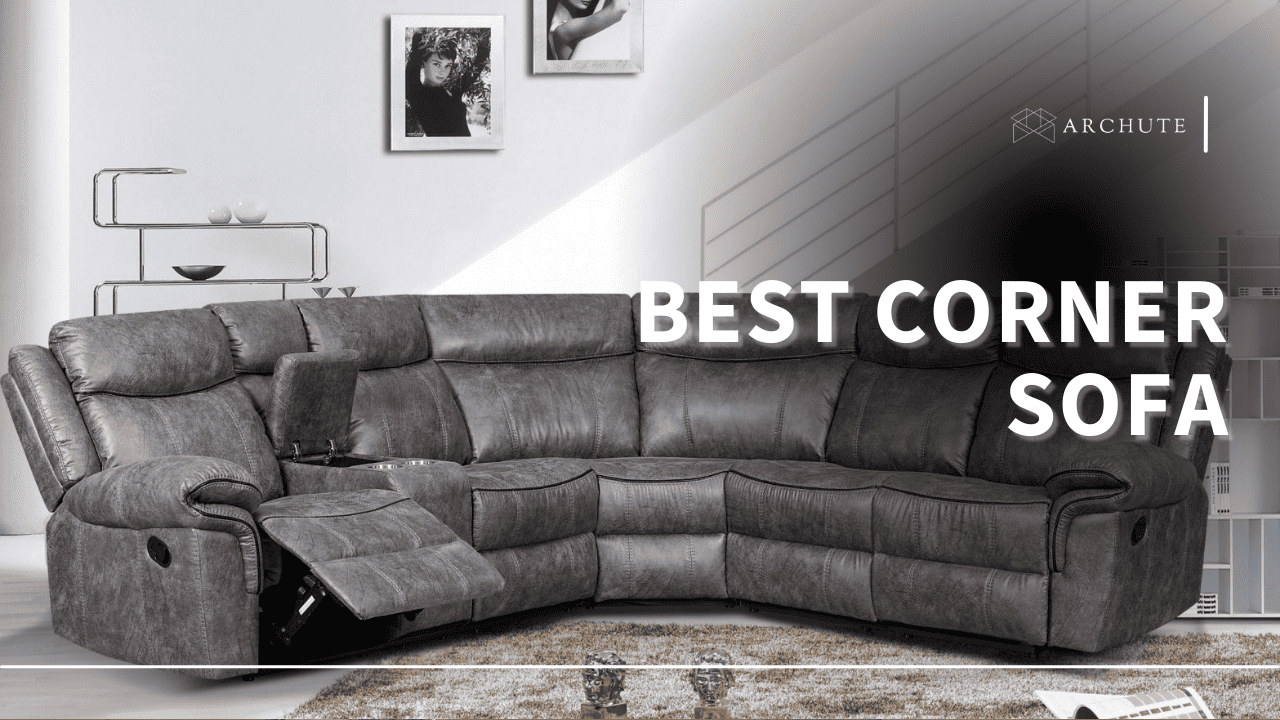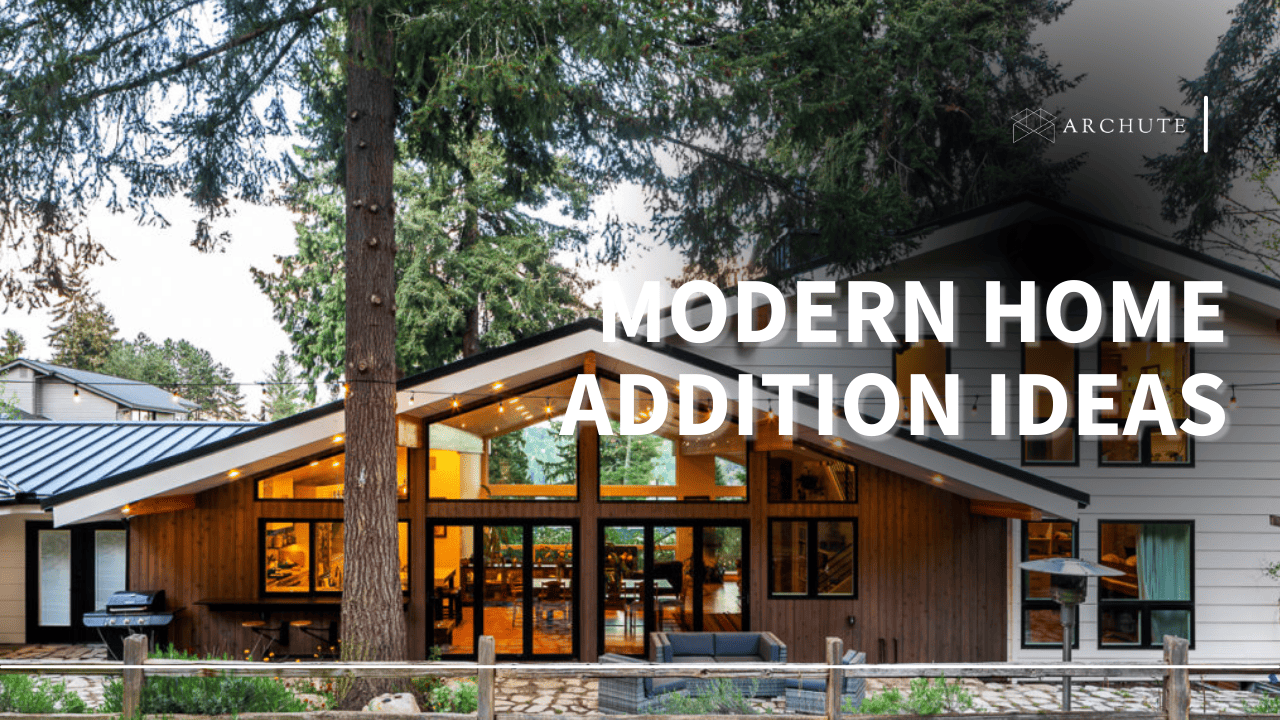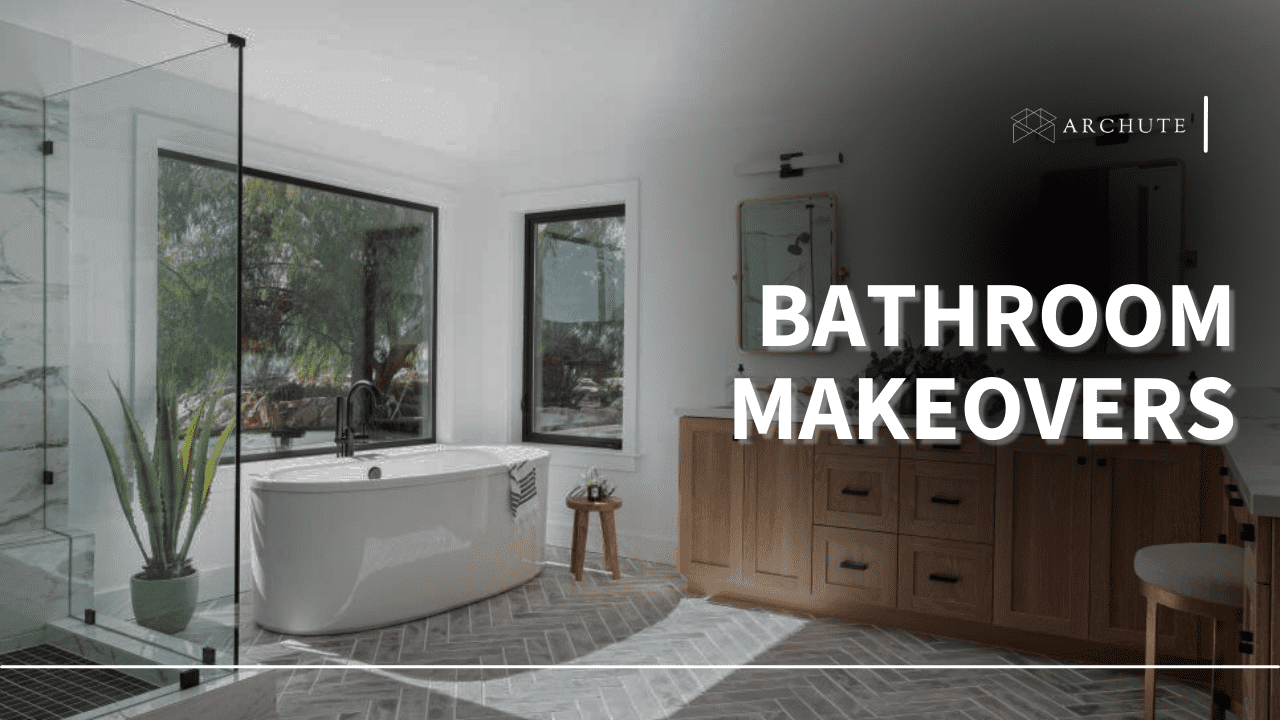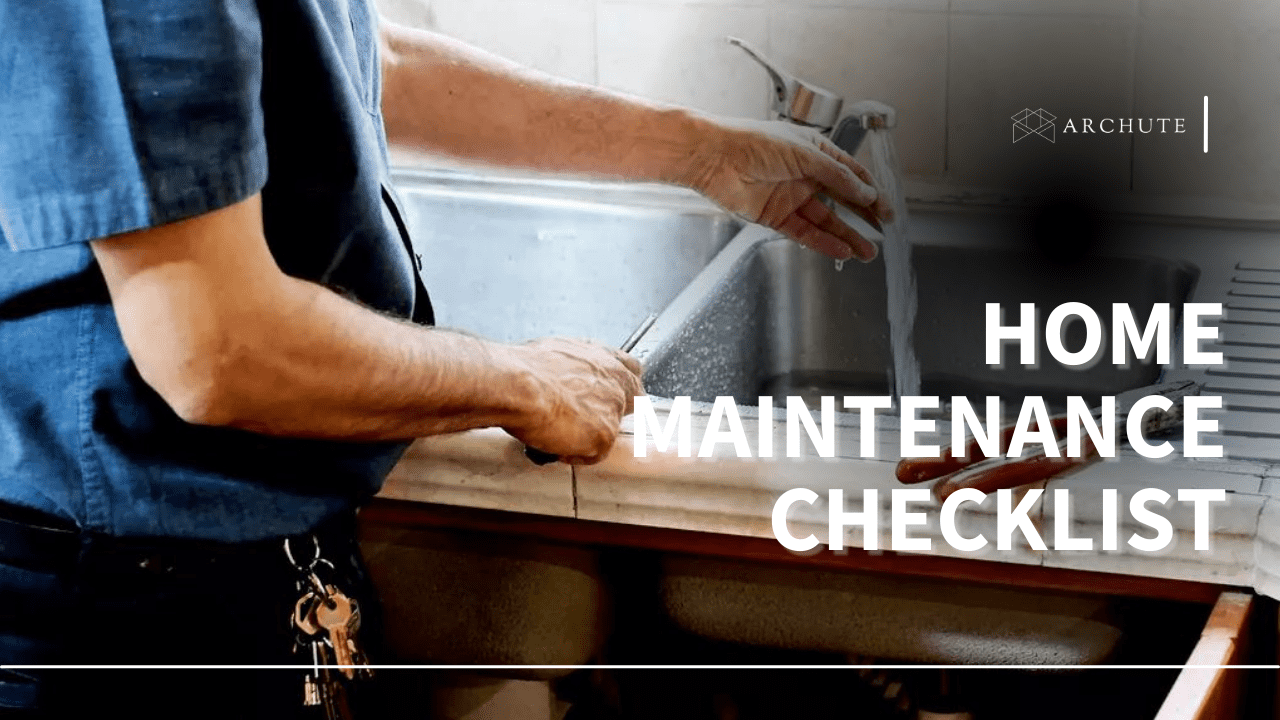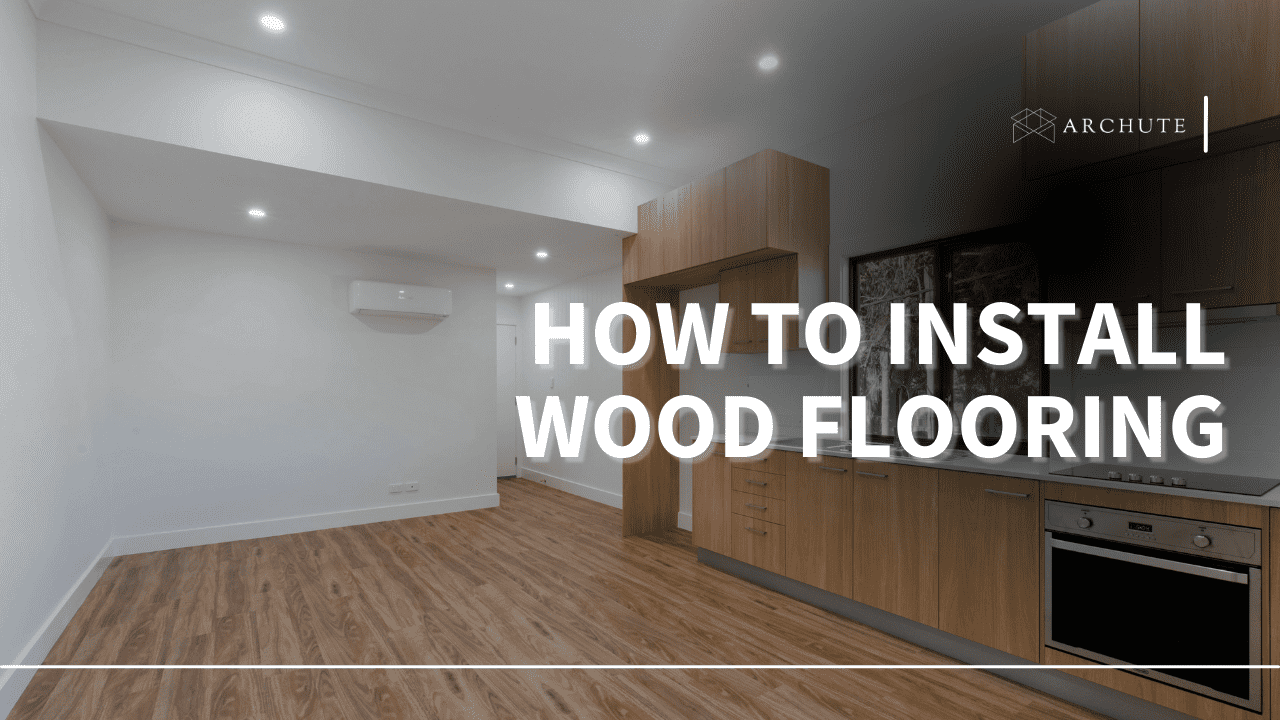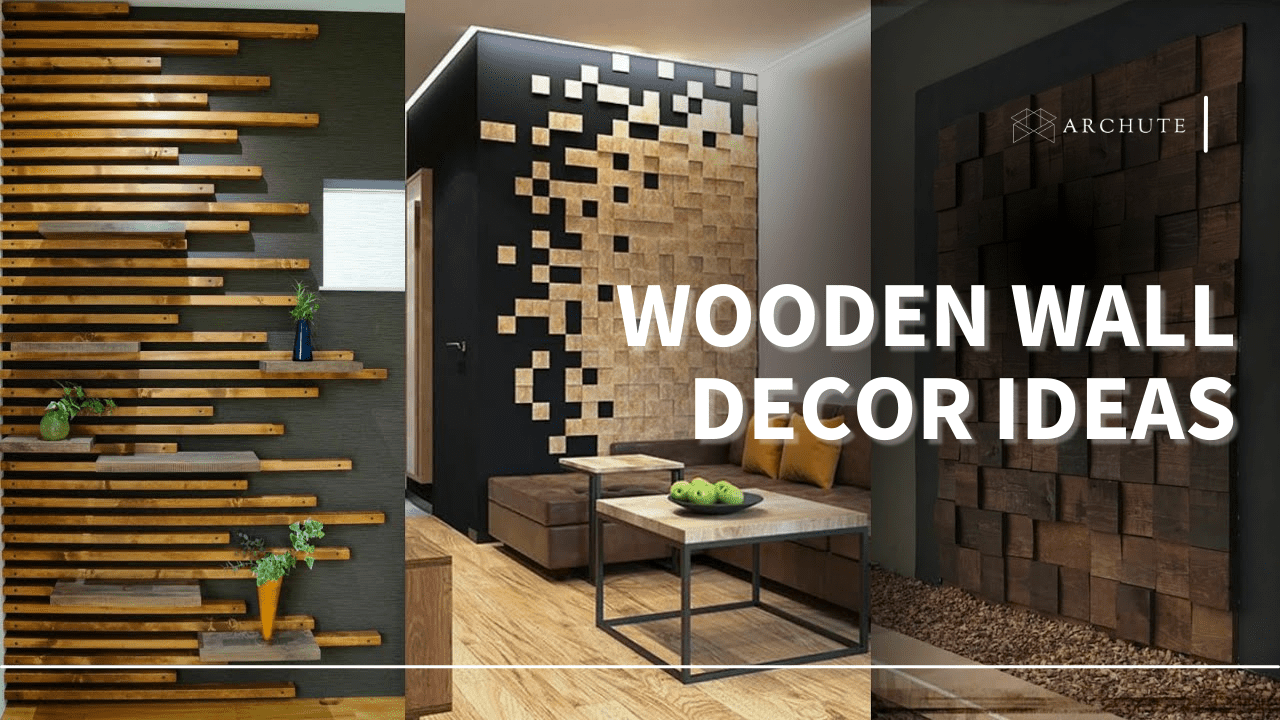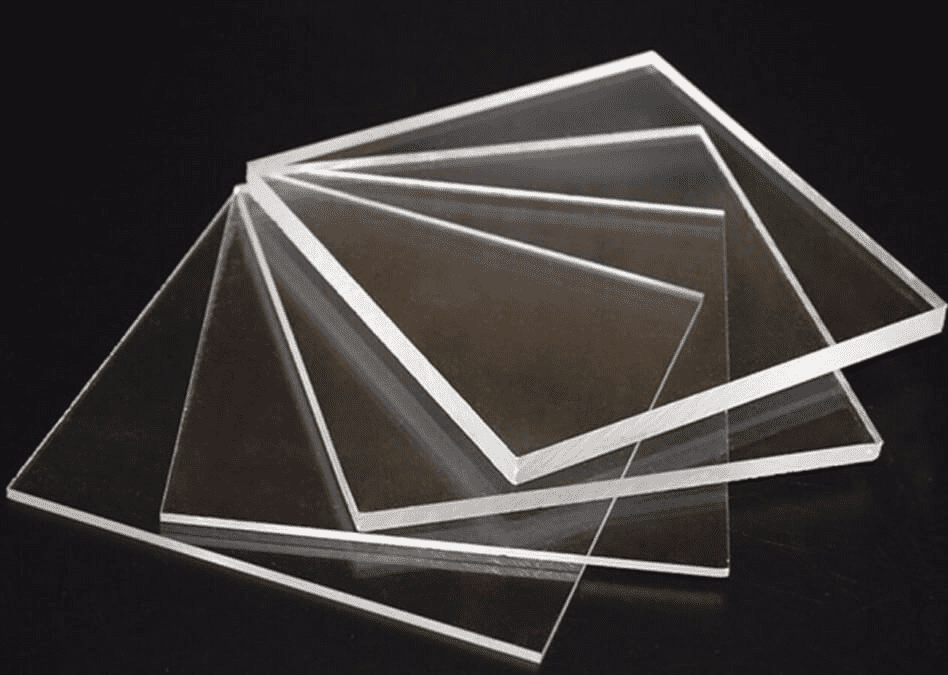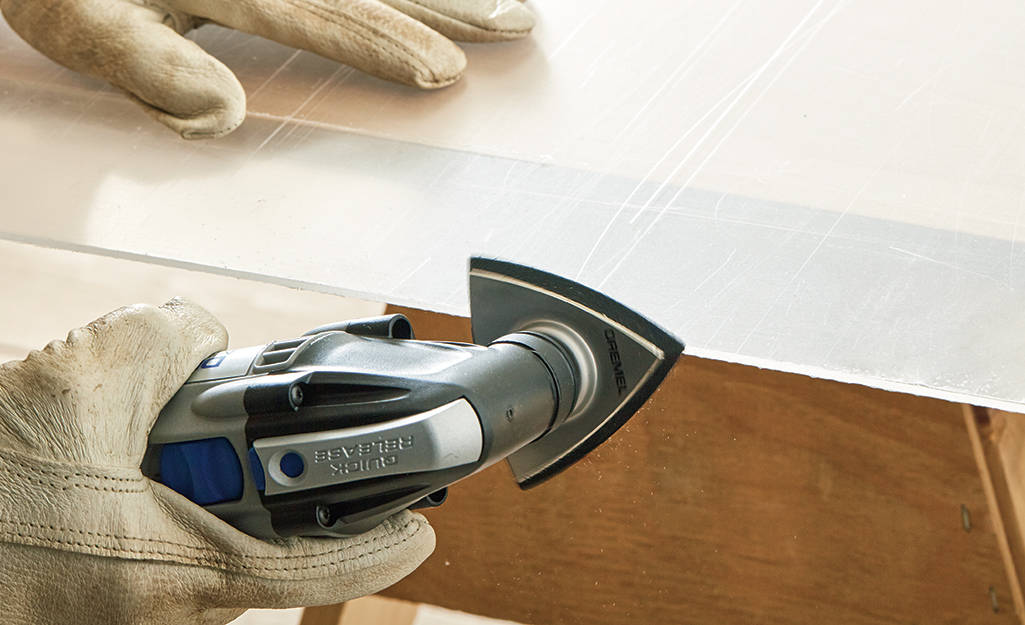Can you imagine a house, or any building for that matter, without windows? Certainly not. Whether a wall or a small skylight, they play a vital role in-room comfort. New technologies and interior design trends emerge daily, making our lives easier and more convenient. This trend is also observed in window manufacturing. A real innovation among window profiles is plastic windows. For over 30 years, they have been gaining popularity, and wooden frames are increasingly being replaced by PVC and aluminum windows. And not without reason! This article presents plastic windows' main advantages and disadvantages and some facts and myths about them. Windows and Doors
What Are Plastic Windows, Actually?

Image Source: aasaan.shop
The first plastic windows were developed over 50 years ago. The first window made of plastic was installed in Hamburg. Since then, the production process has been significantly refined, and many people now prefer PVC windows.
As the name suggests, PVC window frames are made from raw materials such as petroleum, natural gas, or rock salt. The PVC profiles for the plastic windows are made of high-strength materials, which are also weather-resistant and impact-resistant. Depending on the window size, the reinforcement thickness of the window frames also varies and can be up to 2.5 mm in some windows. This makes plastic windows withstand rapid temperature changes and does not warp.
Types of Plastic Windows

Image Source: vitrager.com
Plastic or vinyl windows come in various types and styles to cater to different needs and preferences. These types offer a range of features and benefits that appeal to homeowners and new construction projects alike. Let's explore some of the most common types of plastic windows:
1. Double Hung Windows
Double-hung windows are one of the most common forms of plastic windows. They consist of two sashes, both of which can be moved vertically. This design allows for improved ventilation control, making them an excellent choice for homes in various climates. Double-hung windows are popular among homeowners because they are simple to clean and maintain.
2. Casement Windows
Casement windows are hinged along one side and open outward like a door. They provide unobstructed views and excellent ventilation. These windows are well-suited for coastal areas as they allow for optimal airflow to help cool down indoor spaces during hot weather.
3. Sliding Windows
Sliding or gliding windows have panels that slide horizontally along a track. They are easy to operate and offer a modern, streamlined appearance. Sliding windows are a practical choice for homes with limited exterior space where a swinging sash might not be suitable.
4. Awning Windows
Awning windows have a top hinge and open outward, much like an awning. They provide excellent ventilation even during light rain, as the open sash protects against water entering the home. Awning windows are popular in areas with frequent rain or high humidity.
5. Bay and Bow Windows
Bay and bow windows are meant to project outward from the home's exterior wall, creating additional interior space and panoramic views. These windows can significantly boost curb appeal and add a touch of elegance to a home's design.
6. Picture Windows
Picture windows are permanently installed windows that do not open or close. They are designed to provide unobstructed views and maximize natural light intake. Picture windows are excellent for showcasing scenic views and are commonly used in living rooms and other areas where a clear view is desired.
7. Custom-Shaped Windows
Many manufacturers offer the option to create custom-shaped plastic windows to meet unique design preferences. These windows can take various shapes, such as circles, arches, triangles, or octagons, adding a distinct touch to a home's architectural style.
What Makes Plastic Windows So Popular?

Image Source: oknanagoda.com
Although many people still believe that PVC frames are not sufficiently resistant and cannot offer good thermal insulation. But that's not true at all! Buying plastic windows has many advantages:
1. They have excellent insulation values
High-quality windows are characterized by excellent insulating capabilities mainly due to the steel reinforcement. They can also dampen sound and noise better than wooden or aluminum frames.
2. They are robust and offer better burglary protection
It is still a myth that PVC windows have poor burglary protection. In addition to the frame, the glass itself also has special reinforcement. The spaces between the panes are filled with a special noble gas, which makes the pane more robust and shatter-resistant. Then we speak of laminated safety glass (LSG), which consists of two or more pane glasses connected by an elastic high-polymer foil. Such a window is hardly breakable. The burglar-proof steel lock plates guarantee additional security.
3. Plastic windows are available in countless shapes and colors
PVC profiles can be made in almost any shape and size, often impossible with wooden frames. Companies offer custom window profiles that perfectly meet your needs. In addition to the shape and size, you can choose the frame color for the plastic windows, which, for example, imitates real wood or opt for something unusual.
4. Plastic windows are fire-resistant
Although some people think otherwise, PVC windows are completely fire-resistant. Fire-resistant windows have special double or triple glazing to be heat-resistant. With wooden windows, the lack of fire protection is a significant disadvantage.
5. Plastic windows cost too much
The cost also varies according to the model and size. Indeed, you sometimes have to dig deep into your pocket, but the price-performance ratio is very favorable. Initially, you may have to spend more money, but the investment is worth it for several reasons. Well-purchased plastic windows are characterized by longevity, which, with good maintenance, can last up to 30 years. They resist climate changes, heat, and cold much better than wood and aluminum windows and do not require special care or regular painting like wooden frames.
6. Noise reduction
Vinyl windows with double or triple glazing provide excellent sound insulation, helping to reduce outside noise levels significantly. This feature is especially advantageous for properties in busy urban areas or near highways, promoting a more peaceful and comfortable living environment.
7. Energy efficiency
Plastic windows are excellent insulators, helping to create a more energy-efficient home. Modern vinyl windows are designed with multi-chambered frames and advanced weatherstripping, which effectively seal out drafts and prevent heat loss during cold months. The energy efficiency of plastic windows can lead to reduced heating and cooling costs, making them an environmentally friendly choice as well as financially beneficial in the long run.
8. Easy cleaning and Installation
Plastic windows do not require special maintenance. Although the frames easily attract dust particles and dirt, they can also be cleaned quickly. All you need is a damp cloth and some detergent.
Plastic windows are relatively lightweight compared to other materials, which makes them easier and faster to install. This can save installation costs and reduce the disruption caused during the window replacement process.
However, Plastic Windows Also Have Some Disadvantages:

Image Source: freeliteaz.b-cdn.net
1. They are not completely environmentally friendly
PVC is not a natural material like wood, so plastic windows cannot decompose naturally. In case of a fire, harmful toxins are also emitted. However, many manufacturers take this into account and produce windows with high longevity that are both energy-efficient and recyclable.
2. Plastic windows do not create a cozy atmosphere
For some people, PVC windows seem unnatural, even cold. Wooden windows indeed offer a natural living environment. However, PVC frames can be laminated with foils that perfectly imitate wood.
3. Rapid temperature changes can affect operability
Large temperature changes can sometimes lead to deformations, negatively affecting insulation values. However, these are rather exceptions.
4. Less strength and rigidity
While plastic windows are durable and designed to withstand various elements, but they might not be as strong and rigid as other materials like aluminum or fiberglass. Homeowners might seek stronger alternatives in high-wind coastal areas, where storms are common.
In short, for several technical and practical reasons, plastic windows are a better and cheaper choice for your apartment.
Comparing Plastic Windows with Other Window Materials

Image Source: riverbendwindows.com
Each type has unique strengths and weaknesses when comparing plastic windows with wood, aluminum, or composite materials.
1. Plastic Windows (Vinyl)
Plastic or vinyl windows offer excellent energy efficiency, low maintenance, and cost-effectiveness. They are durable, resistant to rot and warping, and require no painting or sealing. Vinyl windows are available in various designs and colors, allowing various design possibilities to improve curb appeal.
2. Wood Windows
Wood windows are favored for their natural beauty and classic charm. They add warmth and elegance to a home's interior and exterior. However, wood windows require regular maintenance, including painting, staining, and sealing, to protect against weather damage.
3. Aluminum Windows
Aluminum windows are strong and lightweight, making them ideal for large openings. They are less expensive than wood and offer a modern appearance. However, aluminum is a good conductor of heat and cold, which can affect energy efficiency.
4. Composite Windows
Composite windows combine the advantages of many materials, including wood and fiberglass. They are durable, energy-efficient, and low-maintenance. However, they can be more expensive than plastic windows.
Ultimately, the choice of window material depends on individual preferences, budget, and specific needs. Plastic windows, especially vinyl, offer a compelling balance of energy efficiency, durability, and affordability, making them a popular choice for many homeowners.
Frequently Asked Questions on Plastic Windows

Image Source: elitetec.co.za
1. How long do plastic windows last?
Plastic windows, especially high-quality vinyl windows, are known for their durability and longevity. They may endure anywhere from 20 to 40 years or more if properly maintained. Their rot, warping, and corrosion resistance make them suitable for long-term use in various climates, including coastal areas with high humidity.
2. What are plastic windows made of?
Plastic windows, commonly called vinyl windows, are primarily made from polyvinyl chloride (PVC) materials. The PVC is extruded and molded into frames and sashes, making the windows durable and low maintenance. Modern manufacturing techniques also incorporate additives like UV stabilizers and impact modifiers to enhance their performance and longevity.
3. Are plastic windows better than wood?
The choice between plastic windows (vinyl) and wood windows depends on various factors. Plastic windows offer energy efficiency, low maintenance, and cost-effectiveness advantages. They are more resistant to the elements, do not require painting, and are generally more affordable. On the other hand, wood windows are favored for their natural beauty and classic charm, making them suitable for historical or traditional architectural styles. Homeowners should consider their needs and preferences when deciding between the two materials.
4. Do plastic windows boost curb appeal?
Yes, plastic windows, especially those available in various styles and colors, can significantly boost a home's curb appeal. The wide range of design options allows homeowners to choose windows that complement the overall aesthetic of their house, enhancing its visual appeal and value.
5. Are plastic windows easy to install?
Plastic windows are designed for straightforward installation. Professional installers can efficiently fit them securely into existing frames or new construction projects. DIY installation is possible for those with experience, but it is generally recommended to hire professionals to ensure proper fitting and sealing for optimal performance.

